Yamaha calls their YPG-535 key action a graded soft touch keyboard and that would be true (especially the soft touch part that is). It’s easy to press the white keys up and down (except for the black keys which are much harder to press because of the stiffer spring mechanism and pivot point), and that is not what you want if you are interested in developing good piano playing habits and skills. The keys are also quite noisy when moving up & down, especially the black keys! Not only is the key action noisy and not a good one for duplicating an acoustic piano touch, but the key polyphony memory (especially useful when playing larger passages of music or layering instrument sounds together) is a low 32-notes which is very outdated piano processing technology but also costs a lot less money to produce. Normal polyphony memory these days is somewhere between 128 to 256 notes in lower priced digital pianos (under $1500), so this one is extremely low in power. Also, if you are using the regular acoustic piano tone, it starts sounding like a cheap electric keyboard as you get nearer to the top octaves. In other words, the piano doesn’t reproduce a realistic piano tone in the upper octaves (it’s better in the lower octaves) and that’s due to the older and less expensive piano sampling technology in this model.
The piano sound itself has minimal dynamic range (changes in the tone from mellow to bright like on acoustic pianos) when trying to get softer mellower tone on up to bright resonate tone when playing at different finger pressure on the keys. When you’re progressing as a piano student (or if you already play) more polyphony memory and good dynamic range tonality is needed for playing at an intermediate to higher skill level (above beginner level) of music including using the piano sustain pedal. The minimum polyphony in any digital piano should be at least 64-notes and the preferable polyphony should be at least 128 notes or more as it is in many other Yamaha digital pianos. If you are and will remain at a beginner skill level, this may not be an issue for you, but hopefully you won’t be a beginner forever:). Even if you only play at beginner level, you still should have a more authentic key action.
With regard to the piano pedal, the YPG-535 piano only allows the single pedal that comes with it to produce an on & off sustain instead of a graduated (half-damper) sustaining of notes. This is not the way regular acoustic pianos work and so you should be sure if at all possible that the digital piano you purchase has a “half-damper” pedaling feature, especially if you hope to go beyond a beginning skill level. Most of the better Yamaha digital pianos do have this feature as well as other good brands including Casio, Kawai, and Roland.
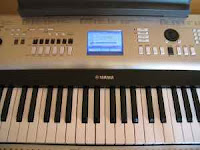 As I mentioned earlier, the Yamaha YPG-535 is a fun piano to play, has a cool user interface display (left pic), has good speaker volume, and if you don’t care at all about the key action weight and movement being like an acoustic piano or the piano sound being closer to a real piano over the the entire keyboard, then this piano could be a very good option for people who just want lots of cool electronic features, good quality instrument sounds, fun rhythms, interactive user interface, and USB flash drive input and USB output for direct connect to computers.
As I mentioned earlier, the Yamaha YPG-535 is a fun piano to play, has a cool user interface display (left pic), has good speaker volume, and if you don’t care at all about the key action weight and movement being like an acoustic piano or the piano sound being closer to a real piano over the the entire keyboard, then this piano could be a very good option for people who just want lots of cool electronic features, good quality instrument sounds, fun rhythms, interactive user interface, and USB flash drive input and USB output for direct connect to computers.| Casio CGP700 |
The better option in a Yamaha digital piano with an upgraded acoustic piano style key action is the DGX660 ($799 discount internet price – includes stand). The DGX-660 has all the cool features (and much more) of the YPG-535 along with a more realistic weighted piano key action and much better piano sound. Although it’s about $300 more, in my opinion it’s more than worth the difference and includes triple the key polyphony memory (128 in the DGX-660) which is important. You might also want to check out the new Casio CDP-S350 at $549 (discount internet price – stand optional). In my opinion this piano feels much better in terms of the key action weight and realism than even the newer Yamaha DGX-660, and it has a much wider dynamic range for piano tonality and volume and it also offers more in the way of fuller volume and a more intuitive user interface with a nice user interface. But for the most realistic piano playing experience you can have in my opinion along with fun educational technology at around the $500 price in a more portable piano, the Casio CDP-S350 is definitely my choice and it’s something you can likely keep for many years without growing out of it. As a long time piano teacher and musician, I can tell you that getting something like the newer Casio CDP-S350 as compared to either Yamaha is a much better way to invest your money as opposed to the YPG535 which definitely will not do the job for you as far as piano key action, pedaling, and piano sound realism go.
My goal here is not to list the amount of instrument sounds, rhythms, accompaniments, recording tracks, or other extra features these pianos have because they all do a good job in that way. But I want to focus on good key action movement and piano tone quality & dynamics along with pedaling which are of primary importance to me, and if that’s what you are looking for, I would stay away from the YPG-535. Be aware that there are always people who will buy these types of pianos (like the 535) and give them good reviews for their touch and tone. However, these people almost always have little to no experience with real acoustic pianos and good digital pianos and the way they actually behave when playing them, regardless of what they may say in their consumer reviews.
If you have little or no experience with a digital piano and don’t expect or want much in the way of a good piano playing experience, then the YPG-535 may seem perfect for you. But in reality, it could and likely will create bad playing habits or hinder your piano playing growth if you use it for very long as a piano student. It is fine for playing fun or for practicing lessons for a short time, but I would never recommend it to any of my piano students or anyone else wanting a “real piano playing experience.” If you want or need an instrument that will allow the student or player to progress in their playing so they can play a piano correctly and adapt easily to a real acoustic piano later down the road (which is a great goal), then I would not recommend the Yamaha YPG535 for that purpose. However, if you want a fun 88-key digital piano instrument and don’t really care how the keys respond or move to your finger touch, aren’t bothered by the low 32-note polyphony (which can limit the playing of regular piano music), and are easily satisfied with a basic piano sound like on a 61-key Yamaha keyboard, then this Yamaha YPG-535 will be a good instrument for you.
If you want more piano info and LOWER PRICES than internet or store discounts, please email me at tim@azpianowholesale.com or call direct at 602-571-1864.
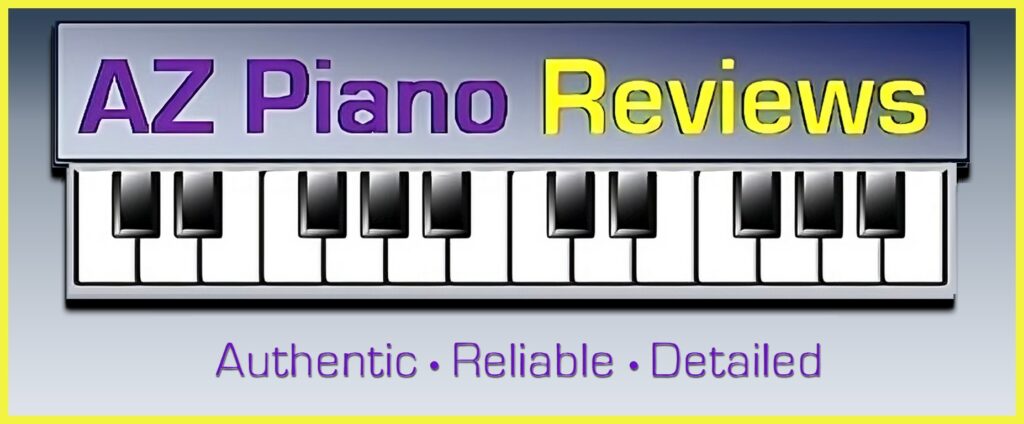
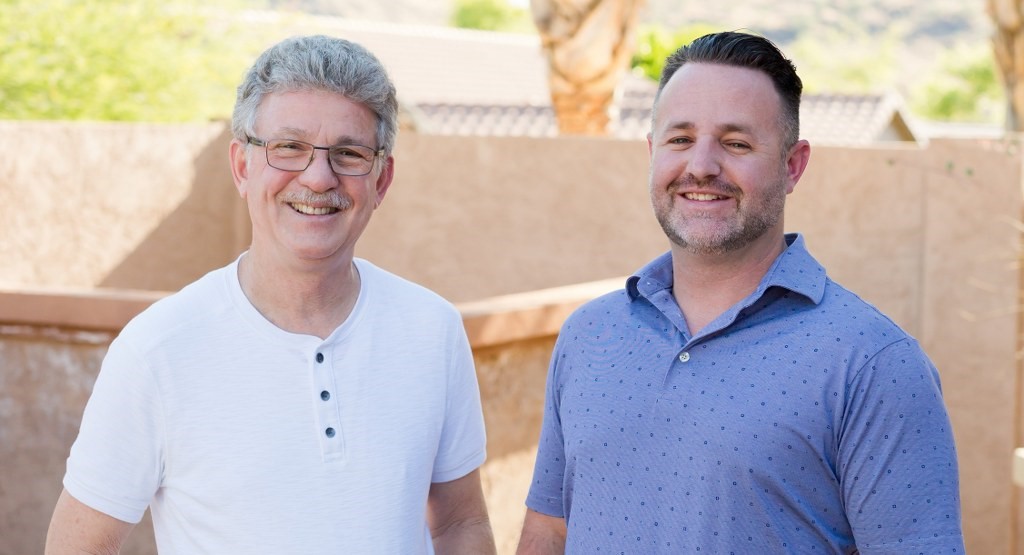


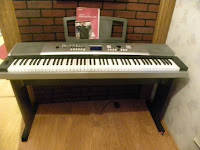





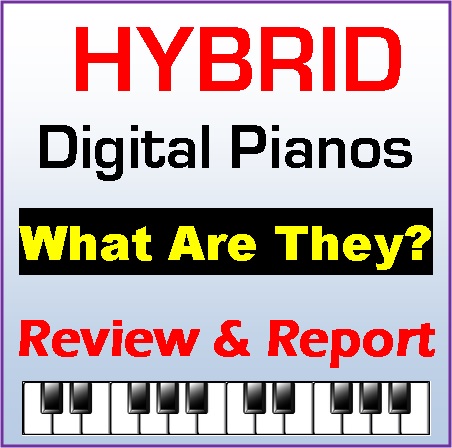
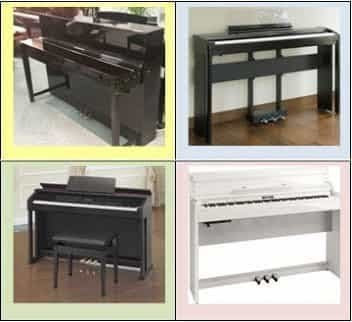
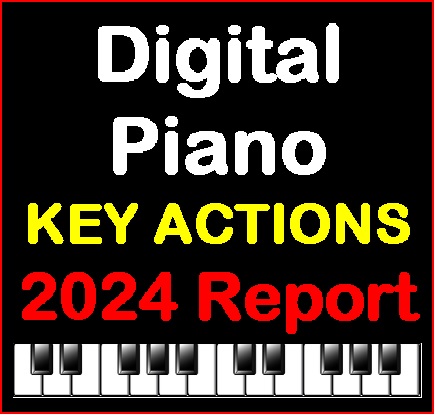
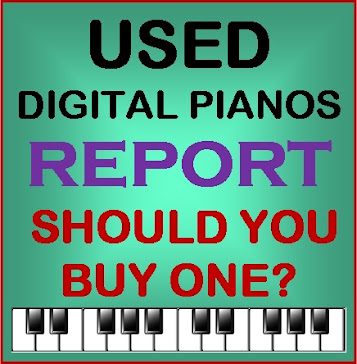
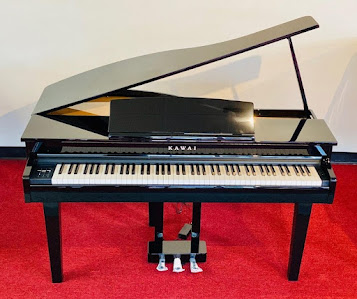
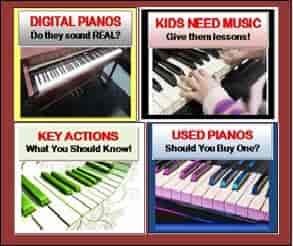
What would you recommend between the DGX640 and the Casio PX330?
They really are different pianos with a variety of strengths and abilities for their price range. Either one would be a good choice as I don't really have a preference. It just depends on your musical goals and piano playing experience.
hello,
We are looking to buy our 13 year old daughter a piano. She seems to love the "cheaper" version and it is time to upgrade. We want to make an investment and not have to replace it for a few years. She has had no lessons and is teaching herself from the internet. She is also singing too. I would like 88 keys, and weighted keys as I have read that is what we should look for. Any suggestions? I liked
You may email me direct and then I can help you with your specific questions.
I'm looking for an digital piano without alot of bells and whistles. I'm having to give up my upright grand, and would love to have something that feels like a real piano. I see that you are a casio fan – am looking for something in the $500-$600 dollar range. Is it ever a good idea to buy a used digital piano? Is the Casio PX350 your favorite, as being close to my price range? thanks for your help!